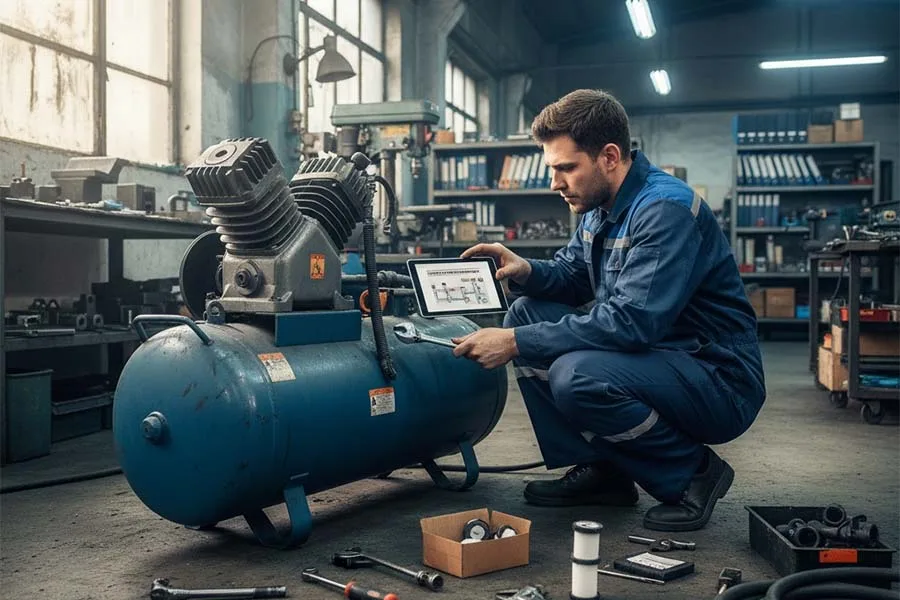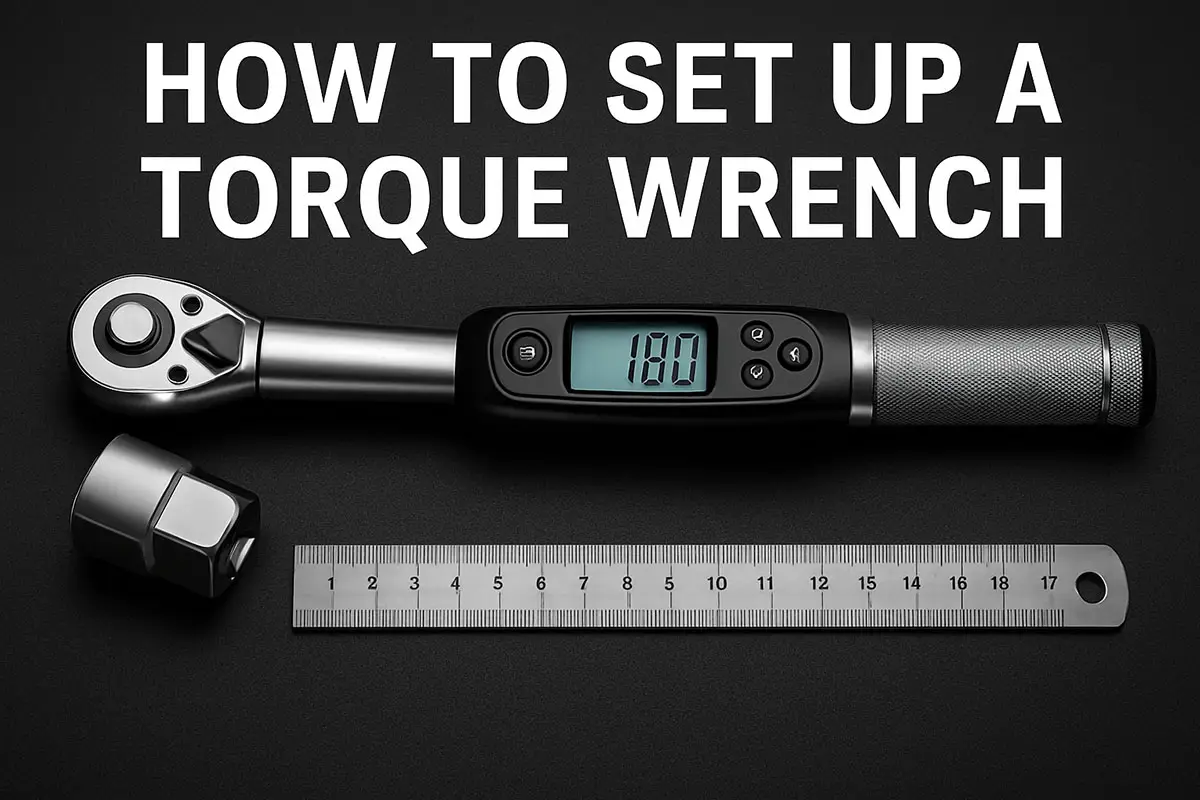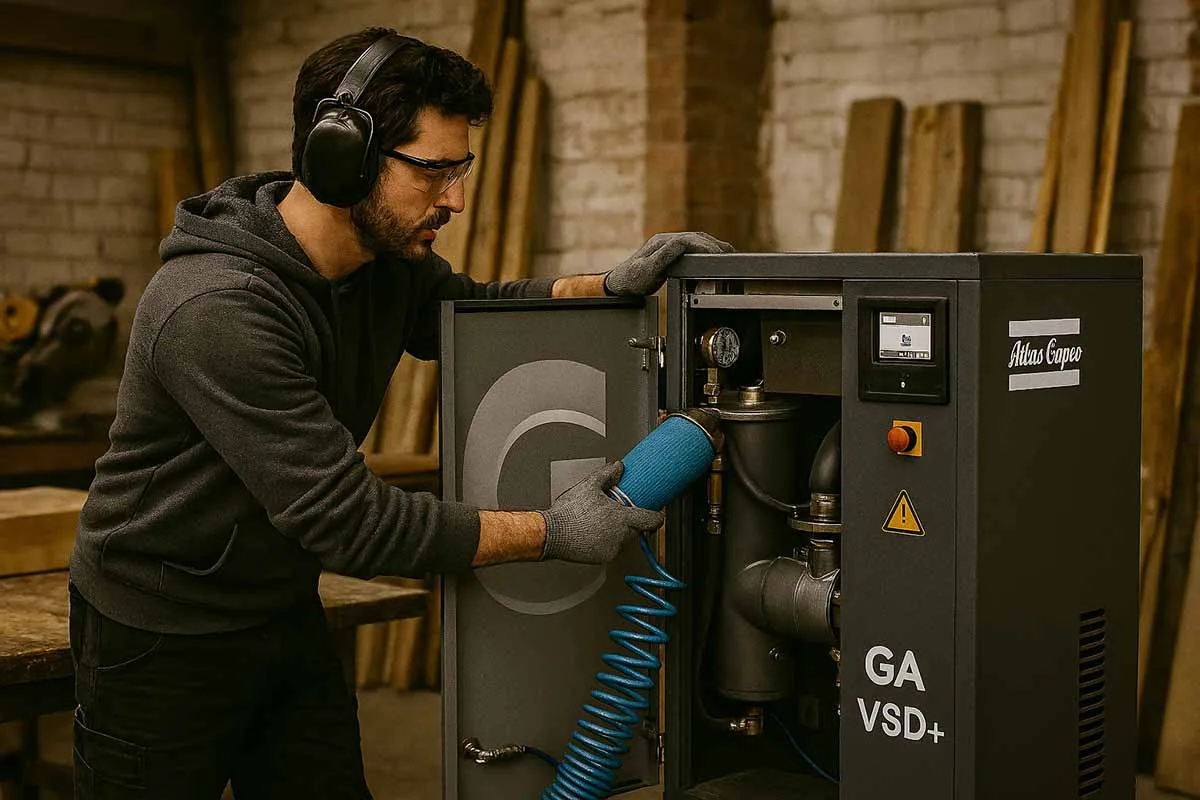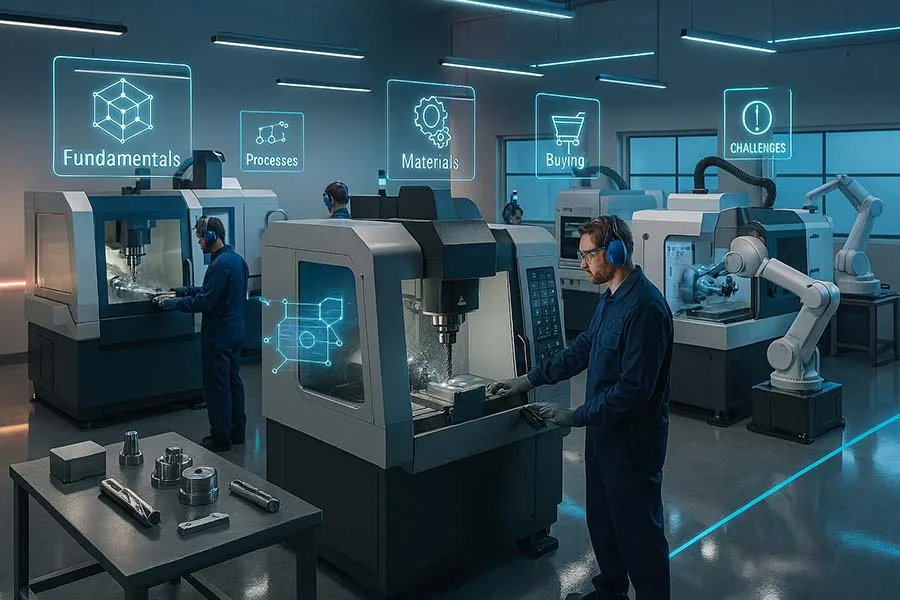Introduction: Why Compressor Efficiency Is a Game-Changer
Compressed air is one of the most expensive utilities in industrial operations—often costing 8–10 times more than electricity per unit of energy delivered. Yet, up to 50% of compressed air is wasted due to leaks, poor maintenance, and inefficient system design.
Improving your compressor’s energy efficiency isn’t just about saving money. It’s about reducing carbon footprint, extending equipment life, and boosting operational reliability. Whether you’re managing a workshop or a full-scale facility, these steps will help you optimize performance and minimize waste.
Step-by-Step Guide: How to Improve Compressor Energy Efficiency
1. Audit Your Air System
- Conduct a full energy audit using flow meters and pressure sensors.
- Identify leaks, pressure drops, and unnecessary usage.
- Use data to prioritize upgrades and repairs.
2. Fix Leaks Immediately
- Use ultrasonic leak detectors or soapy water on fittings and hoses.
- Repair or replace faulty valves, seals, and connectors.
- Even a 1/8-inch leak can cost over $1,200/year in wasted energy.
3. ⚙️ Optimize Pressure Settings
- Lower system pressure to the minimum required for operations.
- Each 2 psi reduction can save 1% in energy costs.
- Avoid over-pressurizing “just in case”—it’s inefficient and risky.
4. Use Smart Controls
- Install variable speed drives (VSDs) or load/unload controls.
- Automate compressor sequencing for multi-unit systems.
- Smart controls adapt to demand and reduce idle running.
5. Improve Cooling and Ventilation
- Clean cooling fins and ensure proper airflow around the unit.
- Use heat recovery systems to repurpose waste heat.
- Cooler compressors run more efficiently and last longer.
6. Maintain Filters and Drains
- Replace intake filters regularly to reduce motor strain.
- Use zero-loss condensate drains to prevent air loss.
- Dirty filters and manual drains are silent energy killers.
7. Match Supply to Demand
- Avoid using compressed air for tasks better suited to electric tools.
- Install flow regulators and point-of-use controls.
- Right-sizing your system prevents overuse and inefficiency.
Common Mistakes to Avoid
- Ignoring small leaks: They add up fast—especially in older systems.
- Running at max pressure: More isn’t better; it’s wasteful.
- Skipping maintenance: Dirty filters and clogged drains sabotage efficiency.
- Using compressed air for cooling or cleaning: Switch to blowers or vacuums.
- Overlooking idle time: Compressors running without demand burn energy for nothing.
Troubleshooting: What to Do When Efficiency Drops
| Symptom | Likely Cause | Quick Fix |
|---|---|---|
| Rising energy bills | Leaks, poor controls | Audit system, fix leaks, install VSD |
| Compressor overheating | Poor ventilation, dirty filters | Clean cooling system, replace filters |
| Pressure fluctuations | Demand spikes, control issues | Add storage, optimize sequencing |
| Frequent cycling | Oversized unit, poor demand match | Reassess sizing, install smart controls |
| Moisture in lines | Faulty drains, high humidity | Use zero-loss drains, upgrade dryer |
Safety Warnings and Best Practices
- Always depressurize before inspecting or repairing components.
- Wear eye protection and gloves when working near fittings or valves.
- Never bypass safety switches or pressure relief valves.
- Use lockout/tagout procedures during audits and maintenance.
- Document all changes to system settings and controls.
How to Improve Energy Efficiency of Your Compressor FAQ
Interesting Fact
Compressed air systems consume 10% of all industrial electricity worldwide—making them a prime target for energy optimization.
Lesser-Known Fact
Zero-loss condensate drains can save thousands annually by eliminating unnecessary air discharge during moisture removal—yet many facilities still use manual or timed drains.
Further Read
- How to Troubleshoot Common Compressor Problems
- How to Improve Energy Efficiency of Your Compressor
- Portable vs Stationary Compressor: Which One Should You Buy?
- Top 10 Mistakes When Buying a Compressor (and How to Avoid Them)
- Industrial Air Compressor Buying Guide
Conclusion: Ready to Cut Energy Waste?
Improving compressor efficiency isn’t just a technical upgrade—it’s a strategic move toward leaner, greener operations. By following these steps, you’ll reduce costs, extend equipment life, and contribute to a more sustainable industry.
Have you implemented any of these upgrades? Share your results and tips in the comments below. If this guide helped, pass it on—your fellow technicians and facility managers will thank you.
Like, comment, and share this article to support the Industrial Tools learning hub.





